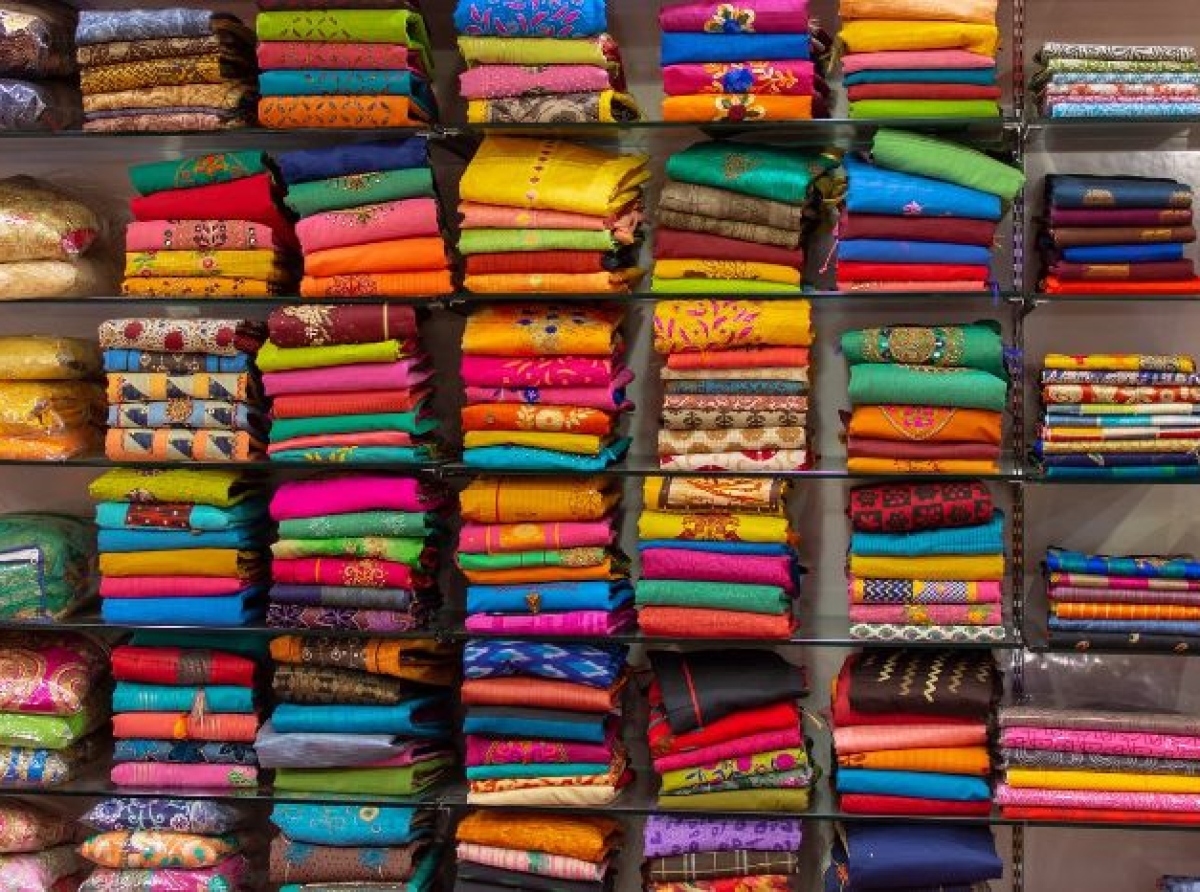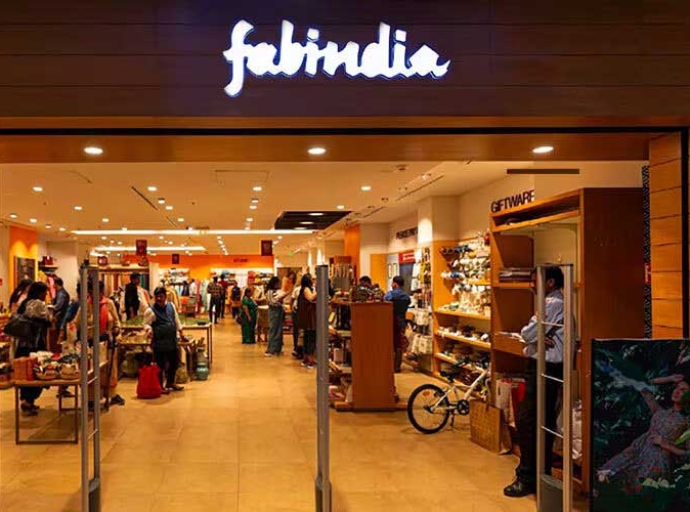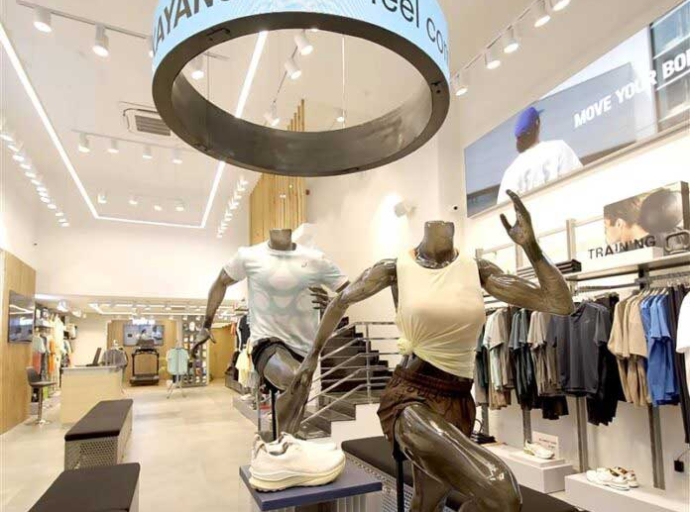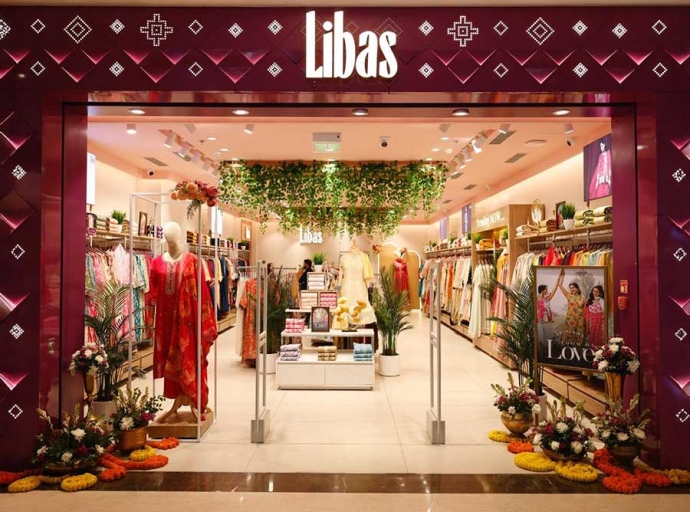Smaller towns fuel fashion retail growth in India

The mall culture and e-commerce platforms have made shopping an experience across India. Both domestic fashion brands along with mid and premium-range global fashion brands are experiencing unprecedented growth in Tier II and III cities, where aspirational lifestyles fuelled by higher income levels are propelling growth.
In smaller markets, the big and small domestic brands are making great headway as they offer their products at far more affordable prices compared to international brands and cater better to the needs and preferences of Indian consumers in specific states. While fashion brands vary in size and scope, it is only super-premium global brands that operate only in the metros whereas the rest are now jumping onto the general bandwagon that serves regional or niche markets across India.
Big retailers spearhead inroads into smaller towns
While small brands do well in smaller cities, big retailers have also seen the opportunity and are spreading their footprint. Aditya Birla Fashion and Retail (ABFRL) is operating several fashion brands, including Louis Philippe, Van Heusen, Allen Solly, Peter England and Panataloon with showrooms across 400 cities in India. Reliance Retail, one of the largest retail companies in India operates a variety of retail formats including supermarkets and lifestyle stores with stores like Avantara, Reliance Trends, CENTRO and others spread pan-India to offer customers a complete lifestyle experience or aesthetic.
Shoppers Stop another leading retailer operates a chain of department stores offering a wide range of fashion, lifestyle, and home products and is one of India’s most recognizable retail brands, with a network of over 80 stores across India.
Along with these big names are smaller domestic brands such as Sparky, with its ‘Make in India’ ethos that is gaining popularity across the country. The bigger retail outlets in different states also sell a specially curated selection of apparel and lifestyle products that give a customized local touch whenever needed, unlike global brands.
Women’s apparel sales top the local charts
Indeed, there is more growing interest in trending fashion as more women join the workforce in Tier I and II cities. As demand rises, ethnic wear is expected to have significant growth in smaller towns over the next few years. The four different categories of saris, salwar kameez/churidar kurtas, lehenga cholis and Indo-Westerns sell well among all economic segments and age groups.
The growing popularity of social media such as Facebook, Instagram, Twitter, and other fashion blogs is creating more style awareness among women smaller cities. E-commerce by far has been the major catalyst in retail penetration into smaller towns. Tata CLiQ as an Indian e-commerce hybrid platform owned by Tata Group is doing well along with online fashion and lifestyle e-commerce platforms such as Amazon, Flipkart, Myntra and Jabong among others.
All of them feature products from many national and international brands, as well as private label brands. Customers can shop from just about anywhere with the help of high-tech detailed product descriptions, customer reviews, easy-to-use interfaces and convenient payment options and reliable delivery and easy exchanges.
The new India is in its smaller towns and if the retail giants have their finger on the pulse where the action is, profits will only keep coming in.
Latest Publications

































